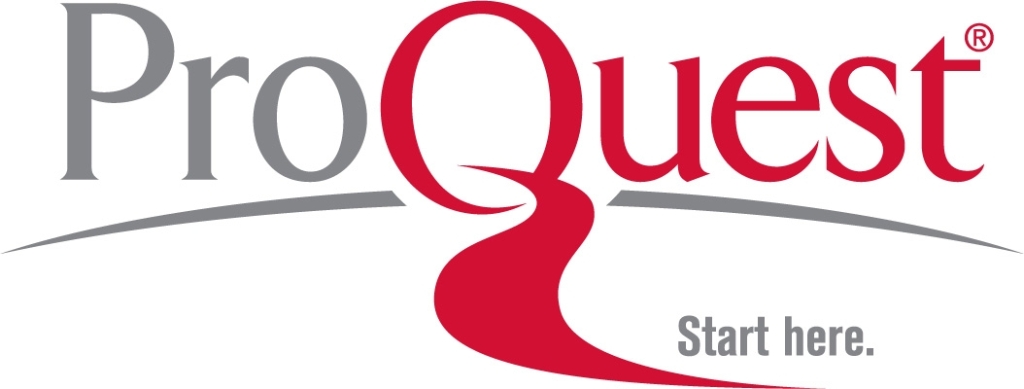TRADING BLOC EXPOSURE IN INTERNATIONAL ASSET PRICING: THE CASE OF AFTA, CER AND NAFTA
DOI:
https://doi.org/10.51200/lbibf.v3i.1427Abstract
This paper shows that the resurgence of trade regionalism has a significant impact on stock market returns of the member countries in the ASEAN Free Trade Area (AFTA), Australia-New Zealand Closer Economic Relations Trade Arrangement (CER) and North American Free Trade Area (NAFTA). A trading bloc international capital asset pricing model (ICAPM) is proposed and we find that the trading bloc factor increases the explanatory power of the conventional ICAPM for AFTA and CER. Evidence indicates that returns of the markets in AFTA and CER are highly exposed to the trading bloc factor. At the same time, exposure to the global market is still significant, particularly for the more advanced markets of Singapore and Australia. The conventional ICAPM is still relevant for the large and leading world markets in NAFTA. The trade bloc factor, however, has minimal impact in influencing market returns of non-member countries. The findings of significant exposure to regional dynamics offer an explanation to why stock markets are generally segmented.


















